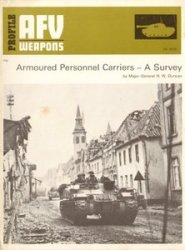In response to Riots (See North Carolina Regulation) at the Superior Court in Hillsborough in September 1770, the North Carolina assembly passed the notorious Johnston Act, which turned rebellious farmers into outlaws and provided the governor with the authorization and funds he needed to suppress the farmers with military force. Early in May 1771, Governor William Tryon arrived with his militia troops in the Piedmont region. Officers and “gentlemen volunteers,” many of them leading Whigs who would achieve military honor in the Revolutionary War (1775-83), comprised nearly 10 percent of the army. The troops, only half the number the governor had hoped for, had been difficult to raise since many ordinary North Carolinians sympathized with the backcountry Regulators. On May 16, 1771, the governor and his troops met upwards of 2,000 defiant farmers on a field near Alamance Creek some 20 miles from Hillsborough. After two hours of fighting, in which the Regulators initially had the upper hand, the governor’s forces emerged victorious. As many as 20 Regulators were killed in battle, along with about nine militia men. More than 150 men were wounded, many seriously. The next day, the governor ordered an outlawed Regulator who had been captured during the battle executed without trial. Thereafter the governor led the troops on a destructive rampage through the Piedmont region. In mid-June, six more Regulators were hanged after a hasty trial.
The Battle of Alamance has been hailed as the first battle of the Revolutionary War. Yet Regulators were not fighting to gain independence from Great Britain but, rather, to liberate themselves from oppressive local and colonial authorities. The battle and its repressive aftermath decisively ended the collective struggle of free Piedmont inhabitants for independence through social justice. While individual farmers remained defiant well into the Revolutionary War, the Regulation was crushed as an organized movement.
Further reading: Wayne E. Lee, Crowds and Soldiers in Revolutionary North Carolina: The Culture of Violence in Riot and War (Gainesville: University Press of Florida, 2001); Marjoleine Kars, Breaking Loose Together: The
Regulator Rebellion in Pre-Revolutionary North Carolina (Chapel Hill: University of North Carolina Press, 2002).
—Marjoleine Kars




 World History
World History
![Black Thursday [Illustrated Edition]](/uploads/posts/2015-05/1432470149_1431513568_003514b1_medium.jpeg)








